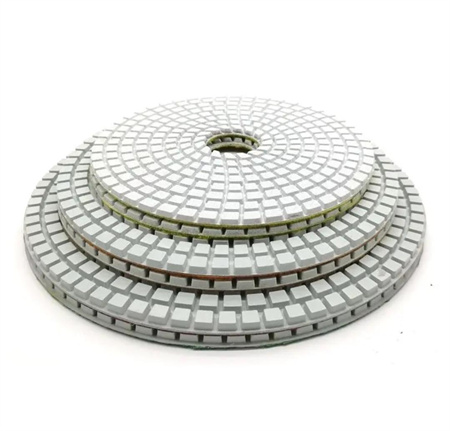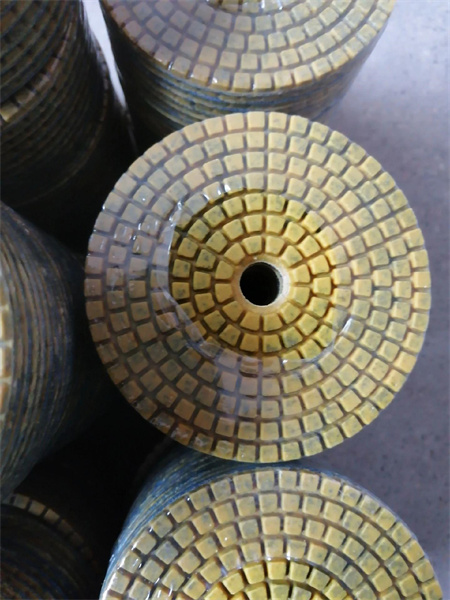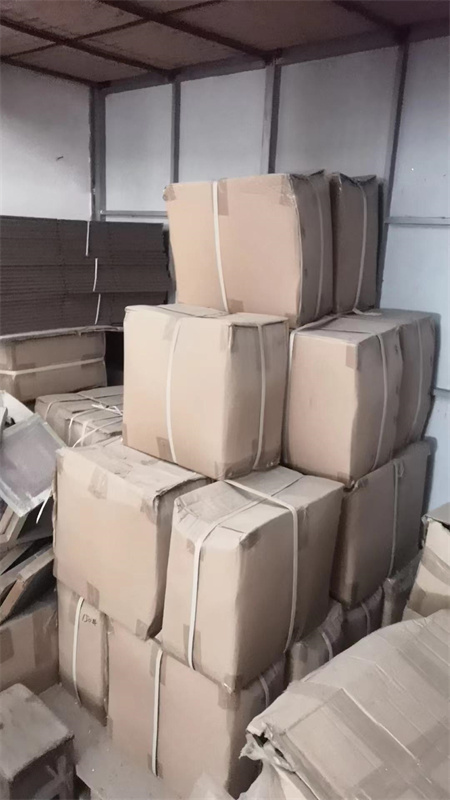How to Polish a Stone Tabletop Using Diamond Pads
When it comes to maintaining the beauty and longevity of a stone tabletop, polishing is one of the most rewarding tasks you can undertake. Whether your tabletop is made of granite, marble, or any other stone, a polished surface not only looks stunning but also helps protect the stone from damage and stains. One of the most effective ways to achieve a flawless, mirror-like finish is by using diamond pads. These specialized tools are designed to smooth out imperfections, restore shine, and bring out the natural beauty of the stone. Here’s a step-by-step guide to polishing your stone tabletop using diamond pads.
Choosing the Right Diamond Pads
Before you dive into the polishing process, it’s essential to select the correct diamond pads for the job. Diamond pads come in various grits, ranging from coarse to fine. The grit number refers to the size of the diamond particles embedded in the pad. For a stone tabletop, you’ll typically want to start with a medium to coarse grit (around 50 to 200) to remove any surface scratches or imperfections, and then gradually work your way up to finer grits (300 to 3000 or higher) to achieve a smooth, glossy finish. If your tabletop has deep scratches, you may need to begin with a lower grit, but always finish with a high-grit pad for the best shine.
Prepare the Workspace
Before you begin polishing, ensure your workspace is clean and dry. Remove any objects from the tabletop, including dishes, plants, or decorative items. A clean surface will help you focus solely on the stone and prevent any dirt or debris from interfering with the process. If your stone tabletop is particularly large, consider covering nearby surfaces with drop cloths to protect them from water splashes or polishing residue.
Wet vs. Dry Polishing
Diamond pads can be used both wet and dry, but wet polishing is often preferred because it reduces the amount of dust and heat generated during the process. Water also helps to cool down the diamond pad and the stone, preventing both from overheating and causing damage. To wet polish, simply spray the surface of the stone with water or use a wet cloth to dampen it.
Start Polishing with Coarse Grit Pads
With your diamond pads, begin the polishing process by using a coarse grit pad (such as a 50 or 100 grit). Attach the pad to a floor buffer or a handheld grinder—whichever is most comfortable for your size of tabletop. Work in small sections, starting from one corner of the stone tabletop and moving in smooth, circular motions. Apply even pressure as you move the pad across the surface. If you’re using water, make sure to keep the surface damp throughout the process, adding water as necessary.
During this stage, you may notice some dust or slurry (a mixture of stone dust and water) building up. Don’t worry—this is normal. Simply wipe away the residue periodically with a clean, soft cloth to avoid it drying on the stone.

Once you’ve worked your way across the tabletop with the coarse grit pad and have successfully smoothed out scratches and imperfections, it’s time to switch to a finer grit. Start with a medium grit pad (around 200 to 400) and continue polishing the surface in the same circular motion. As you progress through each grit, you’ll notice the surface becoming smoother and shinier.


The final stage of polishing is all about bringing out the shine. By now, your tabletop should be smooth and free of noticeable imperfections. Using a very fine diamond pad (2000 grit or higher), work the surface once more in gentle, circular motions. This will give the stone that ultra-smooth, glossy finish that is the hallmark of professional stone polishing.
Be sure to wipe down the surface regularly during this process to keep it clean and prevent any slurry from building up. After you finish with the finest grit pad, you can give the tabletop a final wipe with a clean, dry microfiber cloth. The result should be a surface that gleams with a polished, high-gloss finish.
Caring for Your Stone Tabletop
After you’ve finished polishing your stone tabletop, it’s essential to maintain the newly restored shine. Regular cleaning with a soft cloth and mild soap will help preserve the surface. Avoid using harsh chemicals or abrasive cleaners that can damage the stone. Additionally, placing coasters or mats under hot items and cleaning up spills promptly will help keep the tabletop looking pristine for years to come.
Polishing your stone tabletop with diamond pads is a rewarding process that brings out the best in your stone surfaces. With a little time, patience, and the right tools, you’ll transform your tabletop into a stunning focal point in any room. So, gather your diamond pads, get your space ready, and enjoy the satisfying process of restoring your stone’s natural beauty.